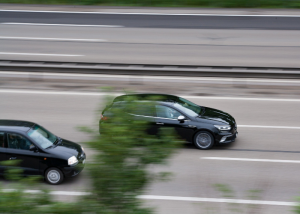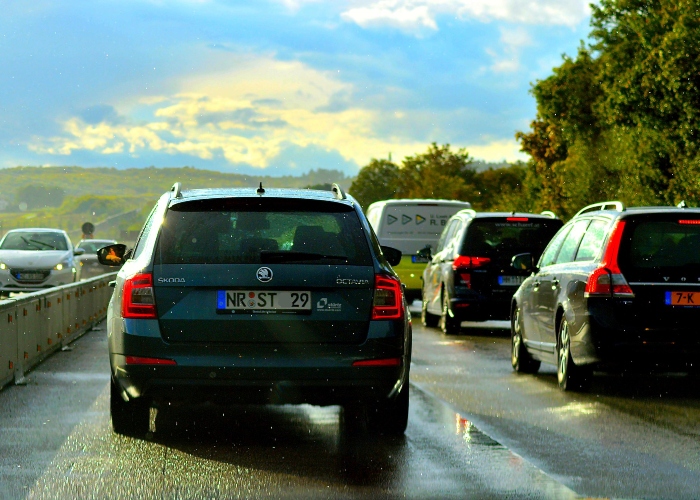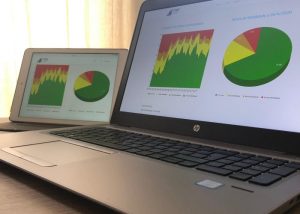DEFINING CONTINUES TO GROW
MOBILITY WITHIN LISBON AND PORTO STILL BELOW 20 OR 15 POINTS OF THE NORMAL BEFORE THE PANDEMIC.
The consultancy PSE studies the mobility of the Portuguese, continuously. This study is a panel that implies an APP installed on the mobile phones of the participating sample. Thus, the actual displacement of the population is monitored 24 hours a day. This study is highly rigorous because it records the location via GPS and concomitantly because it is based on a statistically representative sample of the universe under study. Technical note at the end.
Daily Data
The data from yesterday, May 19th, obtained by the PSE Panel, indicate that there were still 42.5% of the Portuguese who did not leave home. In the last weekend, good weather helped a greater lack of definition, falling 7.1 pp, comparing this last Sunday with the previous one.

This week saw a visible progress in the “deflation”, contrary to what was seen in the previous week, in which there was even an increase in confinement at home, when compared to week 19, immediately preceding.
Yesterday, 57.5% of the Portuguese were on the street while 42.5% remained confined at home. This week we see a greater increase in deflation, compared to the previous week.
Before the pandemic, it happened that about 75% to 80% of the Portuguese came to the street and only 25% or 20% would stay at home. The so-called “natural confinement”.
The question that arises is what will be the “new normal” after this crisis has passed. Eventual lasting changes will draw this “new normal” and the PSE Panel will assess, day by day, this transformation of mobility.
Weekly Data, Business Days Only
This week, with only 3 working days to go, we see that the lack of confidence has increased, bringing the Portuguese who have not left home from 47% to 43%. It denotes that the Portuguese are making a slight lack of definition, also due to the calendar determined by the government and companies.

85% of Portuguese people go out on the street, at least once, for a week
If we count the Portuguese who take to the streets at least once, in a week, we conclude that 85% already take to the streets, seeing the data for week 20. If we compare with the pre-pandemic values, we are approaching normality. In other words, the current 85% is already close to the 93% that go out on the street, before this problem.

However, if 85% of the Portuguese already go out on the street at least once a week, which contrasts with the 68% value at the peak of the confinement, the fundamental question will now be in the development of the frequency with which they leave, in the return to previously usual activities.
Below we present a graph on the frequency, specifically the number of times that the Portuguese go out on the street, in a week, with data until week 20.

As can be seen from the graphs presented above, yes, there are already more people taking to the streets, but the frequency with which they do so is still far from what was normal.
Intra Municipal Mobility to be recovered
The following graph shows the trend that the PSE Panel is measuring, showing a certain return to the usual behaviour in mobility between municipalities. But that tells us that there is still a way to go to reach pre-pandemic values.

There are still about 15 percentage points to reach the levels of mobility between municipalities that we had before covid-19. But the upward trend is evident.
PSE CONTACT:
info@pse.pt
NOTE:
This study has produced, since 2019, data that are applied, above all, in measuring the audience of outdoor advertising, but also to assist city councils in spatial planning and in the management of mobility and transport. And, in behavioural studies of mobility and “shopper”, for other companies and entities.
TECHNICAL NOTE:
This study is the PSE panel, with continuous data collection through location monitoring and means of travel via mobile application of a panel of individuals representing the Universe over 15 years old, residing in the regions of Greater Porto, Greater Lisbon, Litoral North, Central Coast and Faro District. This study implies an APP installed on the mobile phones of the participating sample. So we monitor the actual displacement of the population, at each hour of the day. This study is carried out 24 hours a day. The data are obtained rigorously, via GPS and with the consent of the monitored sample. For a universe of 6,996,113 individuals residing in the regions studied, the margin of error attributable to the study is 1.62% for a 95% confidence interval.




